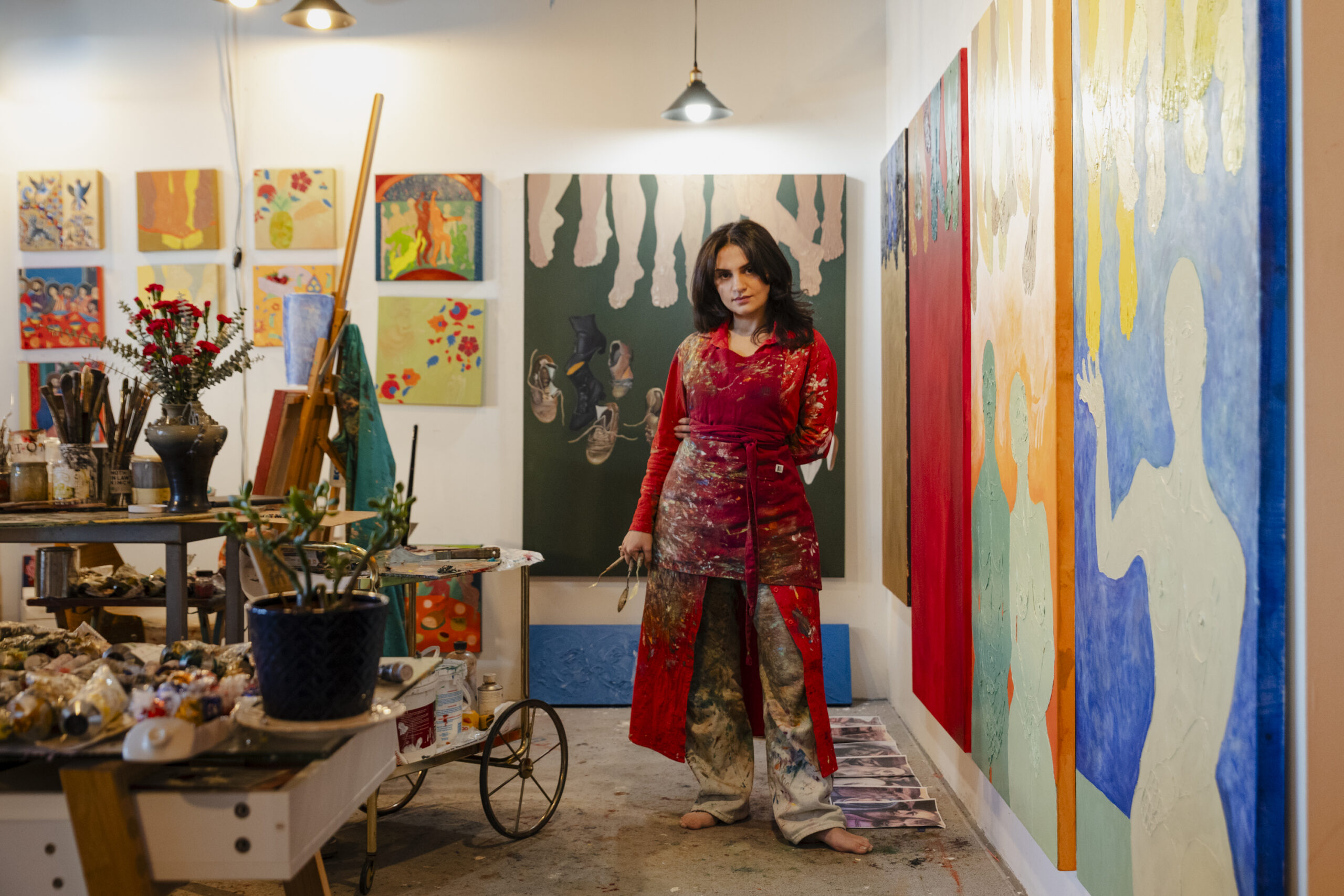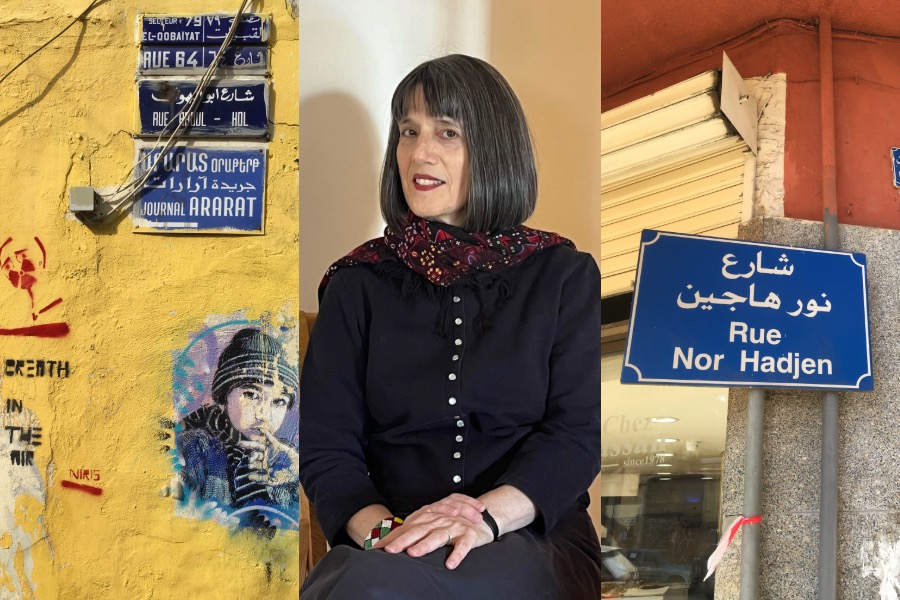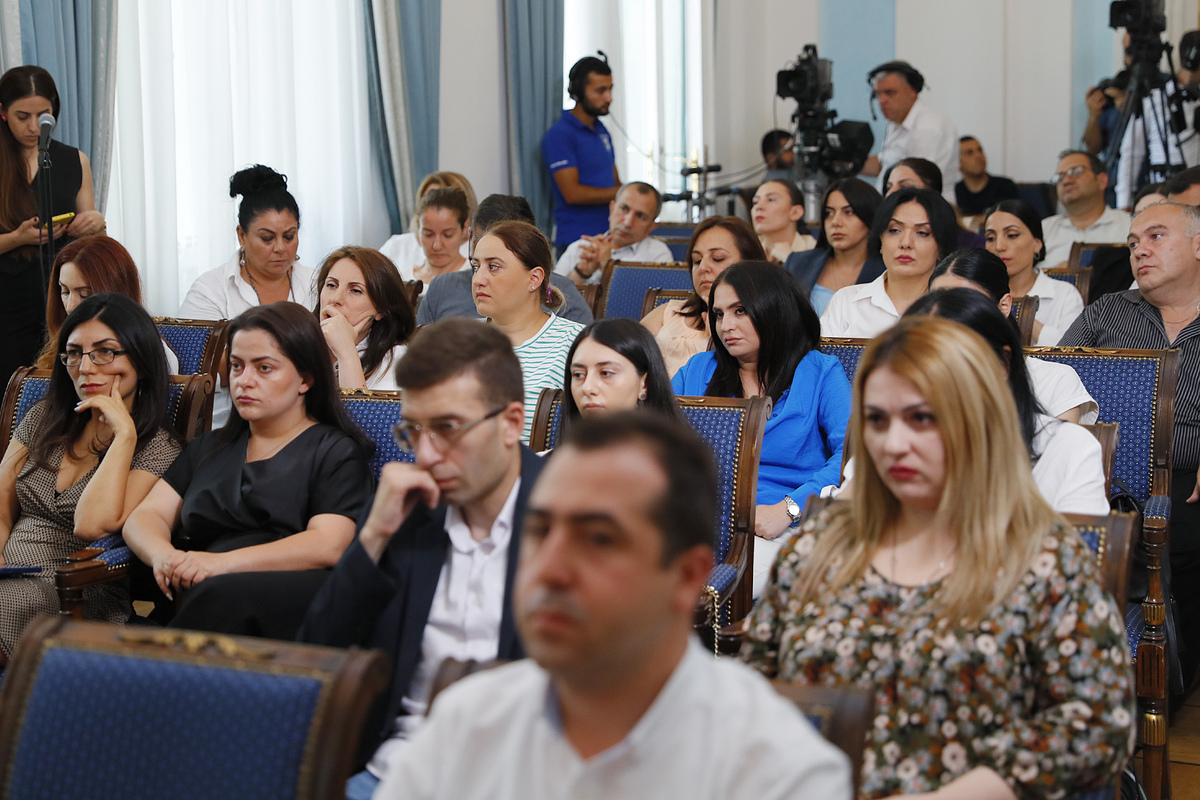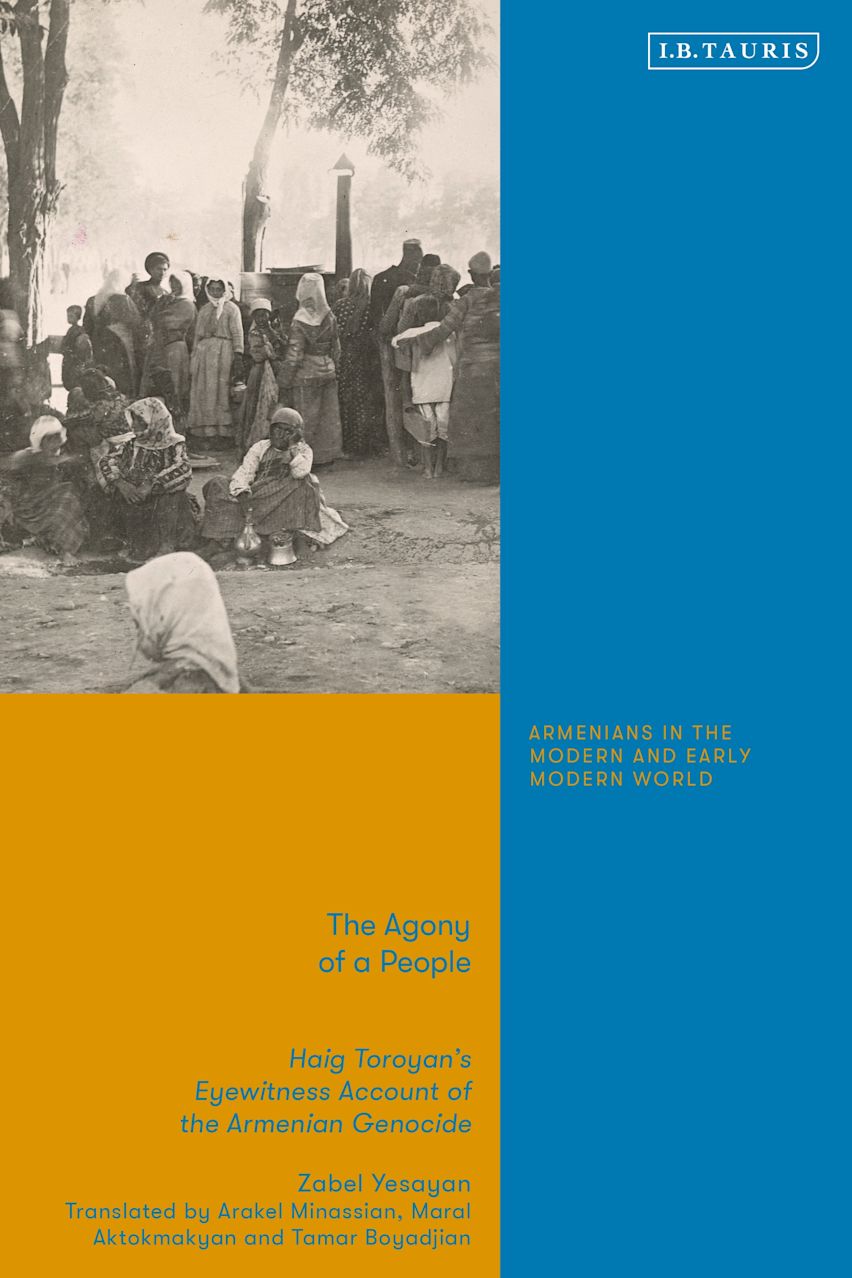
The Mekhitarist Monastery is located in the heart of Vienna, Austria, on a street named after it.

It is here where a cadre of Armenian Catholic Fathers has gathered since the late 18th century to preserve Armenian culture and literature, preach to the faithful, heighten the spiritual and intellectual development of the Armenian people, and educate its youth.
It is here that a prominent religious order has contributed greatly toward bringing Armenians to the forefront of European thought through publications in Latin, French, German, Italian, and English.
It is here where Armenians famous and not-so-famous visit from around the world to satisfy their inhibitions, see antiquity in progress, peruse through an enormous library of books and coins, marvel over some of the greatest artwork ever presented, and tour an imposing “garden of paradise” with rich horticultural blessings.
It is here where I had the privilege of spending a year’s time while still a teenager looking for adventure. A freshman at Boston University at the time, I was at the crossroads of indecision. I had already changed my major once from chemistry to accounting, and was failing miserably.
Things weren’t going particularly well on the home front. I had broken off with a girlfriend, and could no longer tolerate my father’s luncheonette business after being weaned in it.
To put it bluntly, I needed a change in my life. It came one Sunday shortly before Christmas after serving Mass as a deacon at Holy Cross Armenian Catholic Church in Harvard Square.
Father Luke Arakelian, pastor at the time, came up with a proposal that got me thinking. He offered to send me to Vienna in a pilot program to study Armenian language and religion with the priests. Not to be ordained as one, simply to enhance my skills.
It would mean a year’s hiatus from college. Two other youth were also tapped for the venture, me being the older one. If it worked, others would follow from America.
Recognizing the urgent need of propagating Armenian heritage among our youth, a program of Armenian education was launched in America during that year in 1960. Essentially, we would be trailblazers inside a monastic environment few our age had ever ventured for any length of time.
Thus began an experience of a lifetime that introduced me to a heritage I never quite appreciated, gave me an introduction to journalism that turned into a career, and enamored me into a world of spirituality that provided a better appreciation for God and my church.
The most difficult part of the invitation was selling it to my parents. Father Luke left that to me.
“What, you’re going to a monastery and becoming a priest?” my mother groaned. “Catholic priests are celibate. They don’t marry. Does this mean I won’t see any grandchildren?”
My father was less emphatic. He was more concerned about the business and sudden shortage of help, not to mention the interruption of college studies. My mind was set. I was prepared to embark to a country I had never seen with two other boys I hardly knew, both of whom would be taking a year off from high school.
My professors wished me well. So did my friends and fellow AYFers. I had just joined the Somerville Chapter. James Tashjian, the editor of the Hairenik Weekly, took me aside with a request. He asked for a series of articles that would shed light on the religious order.
We had met through occasional AYF reports I had sent him. This would become an assignment of a lifetime—one that would provide an insatiable thirst for journalism. Would these priests even want to share their personal lives with the outside world? Who was I to suddenly barge into their home and exploit them?
The first entry in my journal came from Father Luke. It read: “Dear Thomas. I wish you the best and God’s blessings upon this educational experience. Your conduct in Vienna is most important. The impression you, Kenny [Maloomian], and Aram [Karibian] make with the Mekhitarist Fathers will decide upon the future of this program. Hopefully, others will follow you to this sacred ground.”
To let Father Luke down would have been a travesty. For seven years, I had served him faithfully each Sunday on the altar, accompanied him on trips, owed my self-esteem and integrity to the beloved cleric, and regarded him as a second “father” in my life.
With my faith teetering, my senses unraveled, off I headed toward Vienna—the city of Strauss, Mozart, and a coterie of priests awaiting my arrival.
To be continued…








Dear Tom , Every one of us remembers some where
Yours is Alive
Ours’ Dikranagerd destroyed with its Cathedrals( Sourp Garabed ???)
_________________________________
I Shall Return Where I Belonged
“Dikranagerd-Tikranagerd ”
Diyarbakir: Even Yours Name Been Changed!
Return dear Armenians from everywhere
Return to your real land
From Artsakh till Anatolia and further west to view dead rivers.
To Tikrangerd where the King Tigranes II (Dikran the Great)*
Implanted his first stone built on a civilized city on arid land.
See the invaders change every thing
The name and smashed every piece of rock carved.
Changed your name to Diyar from word dar
That means ‘homes’ in stolen languages and… why
And king Dikran’s name to Bakir… means an early land …child
Return
To see your churches, cathedrals destroyed
Their ground no longer has marbles …stones
But full of wild plants …dried weeds
Bones of killed animals, insects scattered every where
Left after genocide
No place to pray and call old God.
Even Almighty, scornfully lost his faith
And left that lands
For scavengers to breathe in
Those who carried heavy stones of churches
Built on seized lands, many ugly huts.
Deprived of basic arts…
Nevertheless still you can see some stones
Crosses on them carved on Armenian alphabets
And typical pictures of ancient animals and stars.
Your BC cemmitries stay in sand alive waiting excavation
Slayers could not reach there yet
Let that sunken souls arise wrestle with slayers
Scream to reach that sky… what the slayers did
In that artful, educated, dedicated peoples’ province.
Recently, I saw on TV
I was shocked
Dikranagerd (Diyarbakir)…
My grandparents land
Where there were collages…
Jingling bells
My grandmother use to say
Our house was near the cathedral
On every Sunday, the city was sober
We gathered there for pray!
June 27, 2010
___________________________
* Can any one tell me the name of the Cathedral was it Sourp Garabed!!!
The title of the book in the above photo is not Hagop Meghabart, rather “Urbatagirk” published by Hakob Meghapart.
Urbatagirk (Armenian: Ուրբաթագիրք) was the first book printed in Armenian. The book was printed in Venice (Italy) in 1512 by Hakob Meghapart. Urbatagirk had 124 paper pages, also 24 are colored, the pages are printed in red and black.
Thank you for pointing out the error in the caption, Patmaban.
The book in the photo above is not “Hagop Meghabart”, rather “Urabatagirk” published by Hakob Maeghapart.
Urbatagirk (Armenian: Ուրբաթագիրք) was the first book printed in Armenian. The book was printed in Venice (Italy) in 1512 by Hakob Meghapart. Urbatagirk had 124 paper pages, also 24 are colored, the pages are printed in red and black.
Hye, Tom, enjoyed your Part 1 very much – awaiting more.
I visited Mekhitarists in Venice many years ago…
Manooshag
SylvaMD: It is not certain that ancient Tigranocerta (Dikranagerd) was the same location as Diarbekir. There is still scholarly discussion in progress about the exact location of Dikran’s capital. The consensus is that Dikranagerd is east of Diarbekir.
Kenny was my father’s favorite first cousin. My father often tells the story of when Kenny went on this trip and was sent for by their grandmother’s maid from their home in Armenia to come and pay her a visit when she heard ‘there was a Maloomian boy at the church’. what an experience.